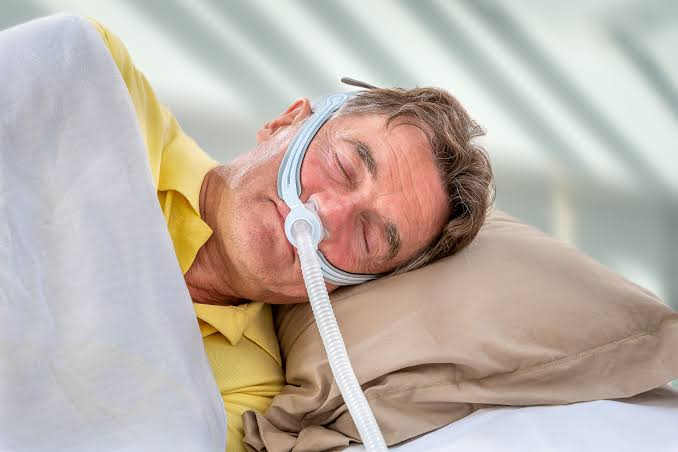
Obstructive Sleep Apnea (OSA)
Obstructive Sleep Apnea (OSA) is a common sleep disorder characterized by repeated interruptions / pause in breathing during sleep due to loss of muscle of airbus leading to blockage of the upper airway. This condition can lead to fragmented sleep and lower oxygen levels in the blood, which may result in various health issues if left untreated.
Signs and Symptoms
OSA may present with the following signs and symptoms:
- Loud Snoring: Often reported by bed partners.
- Excessive Daytime Sleepiness: Feeling excessively sleepy or tired during the day.
- Frequent Nighttime Awakenings: Waking up multiple times during the night.
- Choking or Gasping During Sleep: Audible signs of breathing interruptions.
- Morning Headaches: Headaches upon waking up.
- Dry Mouth or Sore Throat: Often from breathing through the mouth during sleep.
- Difficulty Concentrating: Issues with focus and memory.
- Irritability or Mood Changes: Increased irritability or mood swings.
Types
OSA can be categorized into several types based on its severity on sleep study parameters and causes:
- Mild OSA: Occasional breathing interruptions that have a minimal impact on overall health.
- Moderate OSA: More frequent interruptions that significantly affect sleep quality and may lead to daytime symptoms.
- Severe OSA: Frequent and prolonged interruptions that cause major health issues and increase the risk of cardiovascular diseases.
Diagnosis
To diagnose OSA, healthcare providers may use the following methods:
- Clinical Evaluation: Involves assessing symptoms, medical history, and physical examination.
- Sleep Study (Polysomnography): Conducted overnight in a sleep clinic to monitor various physiological parameters during sleep.
- Oximetry: Measures oxygen levels in the blood to detect drops during sleep.
Treatment
Treatment for OSA aims to relieve symptoms, improve sleep quality, and address any underlying health issues. Options include:
Non-Surgical Treatments
- Lifestyle Modifications: Weight loss, avoiding alcohol and sedatives, sleeping on your side, and quitting smoking.
- Oral Appliances: Dental devices that reposition the lower jaw and tongue to keep the airway open.
- Continuous Positive Airway Pressure (CPAP): A machine that delivers a steady stream of air through a mask to keep the airway open during sleep.
- BiPAP (Bilevel Positive Airway Pressure): Similar to CPAP but provides different levels of pressure for inhalation and exhalation.
Surgical Treatments
- Uvulopalatopharyngoplasty (UPPP): Surgery to remove excess tissue from the throat to widen the airway.
- Genioglossus Advancement (GA): Repositions the tongue muscle attachment to prevent airway collapse.
- Inspire Therapy: A surgically implanted device that stimulates the airway muscles to prevent collapse during sleep.
- Septoplasty: Surgery to correct a deviated nasal septum, if contributing to airway obstruction.
- Tonsillectomy: Removal of enlarged tonsils that obstruct the airway in children.
FAQs
OSA is caused by the relaxation of throat muscles and tissues, which leads to a blockage of the upper airway upto level of bronchioles during sleep. Factors such as obesity, anatomical abnormalities, and lifestyle choices can contribute to its development.
Diagnosis is typically made through a sleep study test that monitors breathing patterns, oxygen levels, and other physiological data during sleep. Home sleep tests and oximetry may also be used.
Yes, lifestyle changes such as weight loss, avoiding alcohol and sedatives, and sleeping on your side can help manage symptoms and reduce the severity of OSA.
Untreated OSA can lead to serious health complications including high blood pressure, heart disease, stroke, diabetes, and increased risk of accidents due to daytime sleepiness.
CPAP machines are highly effective in managing OSA when used consistently. They help keep the airway open and improve sleep quality, reducing daytime symptoms and associated health risks.
Conclusion
Bronchoscopy is a valuable tool in diagnosing and treating various respiratory conditions. If you have concerns or symptoms that may require a bronchoscopy, consult with your healthcare provider to determine if this procedure is appropriate for you.


